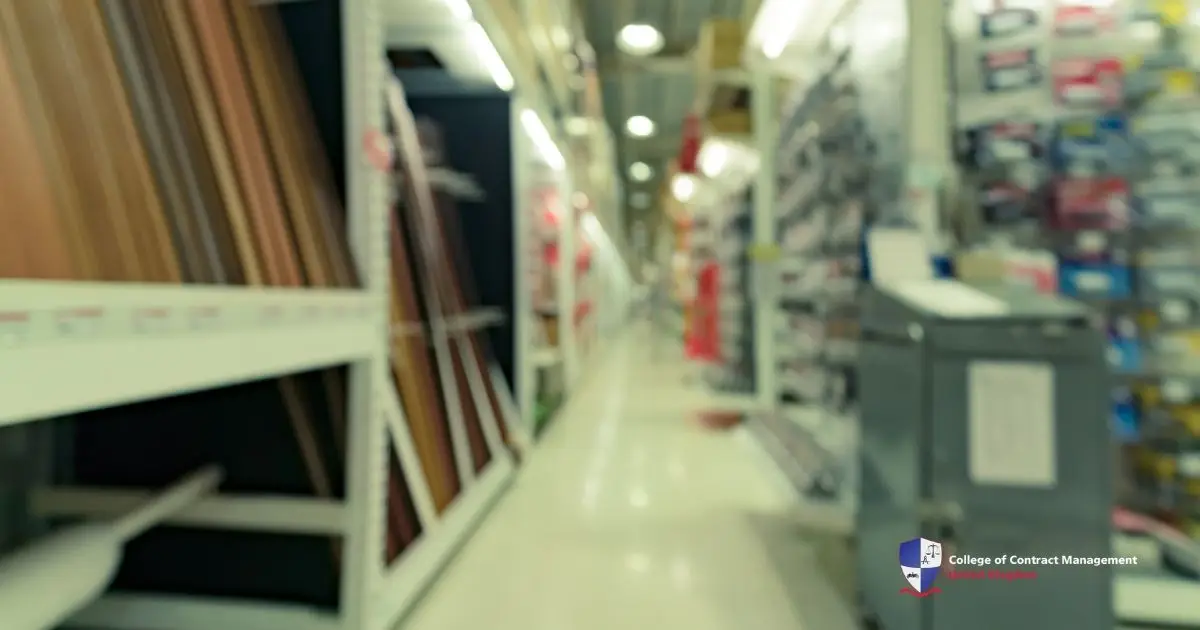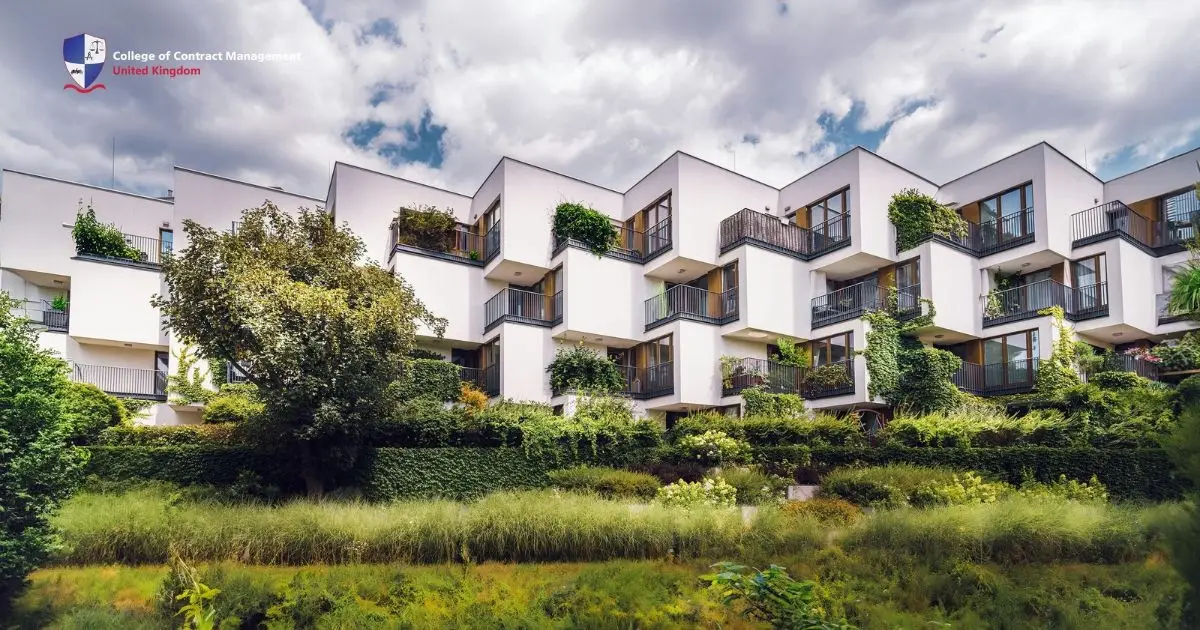When you’re planning a roofing project, you probably care most about how long it’ll last and how much it’ll cost. That’s where plastic roof sheets come in. More and more people—homeowners and builders alike—are turning to them. They’re light, simple to work with, and tough enough to handle whatever the weather throws at them.
You’ll see them on everything from home additions and greenhouses to garages, patios, and even commercial builds. These days, plastic roof sheets come in all kinds of styles, finishes, and levels of transparency—so here’s everything you need to know about this type of roofing material.
What are plastic roof sheets?
Plastic roof sheets are an excellent cost-effective choice for various structures, from sheds to larger buildings. They're incredibly lightweight, which makes installation a breeze, and their durability ensures they’ll stand the test of time. No need to worry about constant upkeep either—these sheets are low-maintenance, saving you both time and effort in the long run.
One of the biggest advantages of plastic roof sheets is the natural light they let in while staying tough against the elements. They're built to withstand harsh sun, heavy rain, and strong winds without fading, cracking, or warping. With various colours and finishes to choose from, you can easily pick a style that fits your space perfectly and adds the right touch to your design.
Exploring the different types
Plastic roof sheets come in different types, each suited to specific needs depending on your project. For instance, some are designed for lightweight, affordable coverage, while others focus on providing long-lasting durability. Understanding the different options can make a big difference in how well the roof performs in your space, especially when considering environmental conditions, aesthetics, and budget. Here are the different types of plastic roof sheets to choose from:
- Polycarbonate: Super tough and clear—perfect for skylights or greenhouses.
- PVC: Light and affordable, often used in workshops or sheds.
- Acrylic: Great for UV protection and available in different colours.
- Fiberglass: Reinforced and ready for heavy-duty jobs like factories or farms.
The type of roofing you choose depends entirely on the unique needs of your project. Whether you need something clear to let in more light or something sturdy to withstand harsh conditions, there are plastic roof sheets that fit the bill. It’s all about matching the material to your requirements for long-term performance and efficiency.
Why they’re a go-to for budget-friendly projects
Plastic roof sheets are a popular choice for budget-conscious projects. They’re lightweight, durable, and easy to work with. Installation is quick, so you don’t need to spend time or money on complicated setups. Whether it’s a small backyard project or a larger structure, they’re a hassle-free solution that keeps things moving smoothly and efficiently.
Because of their lightweight design, plastic roof sheets don’t require extra framing or reinforcement. This reduces both labor and material costs, making them an excellent option for smaller structures like carports, patios, or garden sheds. This ease of installation also cuts down on project time, allowing you to finish sooner and stay within budget.
These roof sheets stand up to harsh weather conditions without deteriorating over time. Unlike metal roofing, they don’t rust, and unlike wood, they don’t absorb moisture. Whether you’re in a rainy climate or a humid area, these roof sheets offer long-lasting protection, keeping your structure safe and intact for years with minimal maintenance.
Benefits of plastic roof sheets for building projects
Homeowners are increasingly using plastic roof sheets for extensions, carports, and garden rooms. Clear versions let in natural light without sacrificing insulation, while tinted or opaque panels provide shade and privacy where needed.
For outdoor spaces like patios, they give you year-round coverage with barely any upkeep. Here’s why they’re worth considering: they don’t rust, they don’t warp, and they don’t soak up moisture. Even under constant sun, good-quality sheets stay strong and look good. Below are the reasons why you should choose plastic roof sheets for your next project:
Commercial and agricultural applications
These sheets aren’t just for houses. Lots of commercial and farm buildings use them too—anywhere you want natural light without a big electric bill. Greenhouses, barns, equipment storage—they all benefit. Their durability and low maintenance make them a smart long-term solution.
Installation is straightforward
One of the best parts? You don’t need to hire a big crew. A lot of sheets come with pre-drilled holes, and they’re so light that one or two people can handle them easily. That saves on labour and gets the job done faster. Upkeep is a breeze, too. A little soap and water is usually all it takes. No sealing, no painting, no rust-proofing.
An eco-friendly option
If you’re thinking long-term, plastic roof sheets can also be a greener choice. Many are made from recyclable materials, and some even use post-consumer plastic. They let in more daylight, so you’ll use less electricity. And since they last a long time, you won’t be replacing them often—which means less waste.
Plastic roof sheets also make sense if you’re thinking about sustainability. A lot of them are made from recycled materials, and since they let in more daylight, you’ll rely less on electricity. They’re tough, too—so you won’t be replacing them anytime soon. That means less waste and more value in the long run.
Plastic vs. traditional materials
Plastic roof sheets are more flexible than most traditional options. Metal and tile might be strong, but they’re heavy, harder to cut, and take more effort to install. They also don’t need as much attention once they’re up. You’re not sealing joints or treating for rust
With metal, you’ve got corrosion to think about. With wood, it’s rotten potential and moisture. Plastic roof sheets just get on with the job without needing all that extra care. So here’s a quick look at other factors to compare these two
Costompared to metal or tile, it’s way more budget-friendly—especially if you're working on a smaller project or just don’t want to break the bank. Traditional options cost more upfront, mostly because of how they're made and what they're made of.
Weight
Plastic roof sheets are cheaper, plain and simple. C
Plastic is light, and that’s a big plus. You don’t need a ton of extra framing or heavy tools to install it. Metal and tile are heavier, which means you’ll probably have to reinforce the structure underneath. That adds more time, more money, and more hassle.
Durability
Plastic holds up well, especially in tough weather. It doesn’t rust, doesn’t corrode, and doesn’t wear down easily. Metal can rust—especially in damp or coastal areas—and tile can crack over time. Plastic just kind of does its job without complaining.
Style options
Plastic roof sheets offer a wide range of style options, from translucent finishes that allow natural light to flow through to solid colours that suit various designs. This flexibility allows for more creative freedom when designing your space. On the other hand, traditional materials like metal or clay tiles are more limited in terms of finishes and overall aesthetic options, which can be a downside for those seeking specific looks.
Maintenance
This type of roof is easy to live with. It doesn’t need painting or sealing, and it shrugs off mould, rust, and fading. Traditional materials, especially metal and wood, tend to need more upkeep. Over time, that means more work and more money just to keep things looking good.
When it comes to maintenance, plastic roof sheets take the lead. They require minimal effort—just a quick cleaning now and then. Traditional materials, however, demand constant upkeep, like repainting, resealing, or dealing with rust. Over time, that extra care can really add up, making plastic the low-maintenance choice.
That said, not every roof is the same. Think about what your space really needs—light, insulation, toughness—and match the sheet to the job. There’s a wide range out there, so you’re not stuck with one-size-fits-all. The right choice now can save you headaches later.
Final Thoughts
Plastic roof sheets are a solid choice for many projects. They’re durable, cost-effective, and easy to install. Whether you’re covering a small patio or handling a larger job, they simplify the process. Their versatility and practical nature make them a top pick for modern builds, offering a quick, reliable solution for any task.
As the construction industry embraces efficiency and sustainability, this type of roof is a key part of this shift. If you’re interested in staying ahead of the curve, enrolling in the College of Contract Management can deepen your understanding. Their training programs cover modern materials like plastic roof sheets, giving you the knowledge to succeed in this evolving field.





